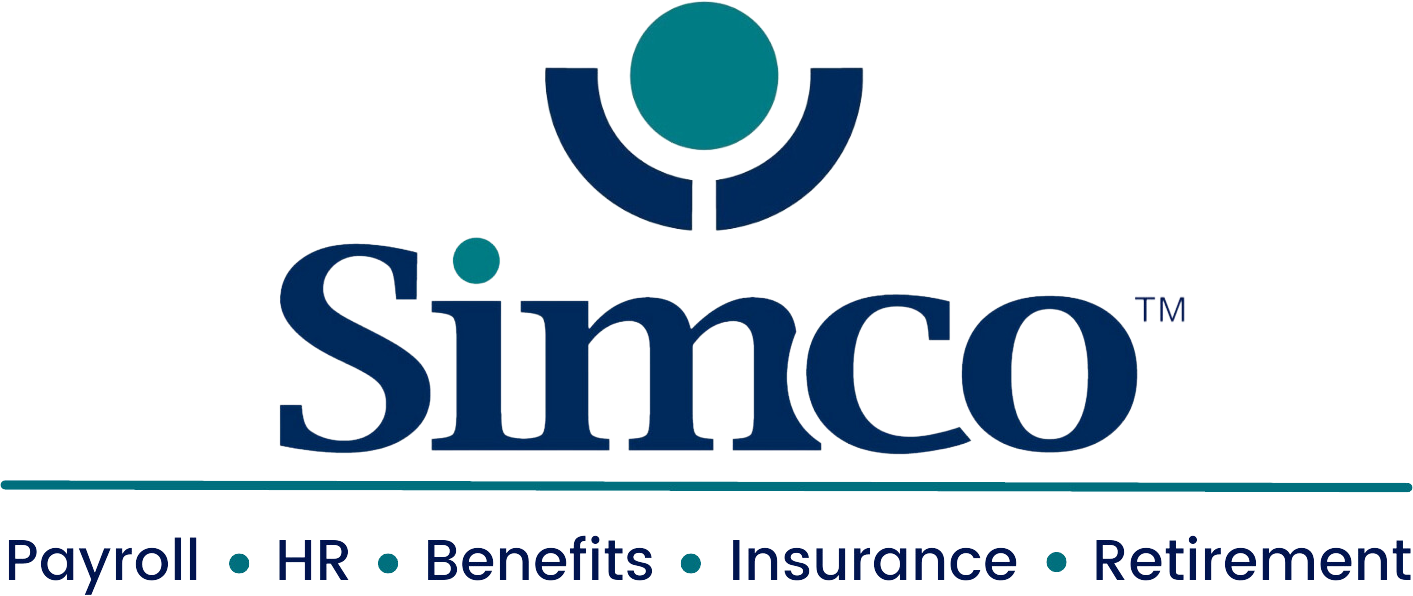
This article provides general information concerning what constitutes compensable time under the FLSA. The Act requires that employees must receive at least the minimum wage and may not be employed for more than 40 hours in a week without receiving at least one and one-half times their regular rates of pay for the overtime hours. The amount employees should receive cannot be determined without knowing the number of hours worked.
Definition of "Employ"
By statutory definition the term "employ" includes "to suffer or permit to work." The workweek ordinarily includes all time during which an employee is necessarily required to be on the employer's premises, on duty or at a prescribed work place. "Workday", in general, means the period between the time on any particular day when such employee commences his/her "principal activity" and the time on that day at which he/she ceases such principal activity or activities. The workday may therefore be longer than the employee's scheduled shift, hours, tour of duty, or production line time.
Application of Principles
Employees "Suffered or Permitted" to work: Work not requested but suffered or permitted to be performed is work time that must be paid for by the employer. For example, an employee may voluntarily continue to work at the end of the shift to finish an assigned task or to correct errors. The reason is immaterial. The hours are work time and are compensable.
Waiting Time:
Whether waiting time is hours worked under the Act depends upon the particular circumstances. Generally, the facts may show that the employee was engaged to wait (which is work time) or the facts may show that the employee was waiting to be engaged (which is not work time). For example, a secretary who reads a book while waiting for dictation or a fireman who plays checkers while waiting for an alarm is working during such periods of inactivity. These employees have been "engaged to wait."
On-Call Time:
An employee who is required to remain on call on the employer's premises is working while "on call." An employee who is required to remain on call at home, or who is allowed to leave a message where he/she can be reached, is not working (in most cases) while on call. Additional constraints on the employee's freedom could require this time to be compensated.
Rest and Meal Periods:
Rest periods of short duration, usually 20 minutes or less, are common in industry (and promote the efficiency of the employee) and are customarily paid for as working time. These short periods must be counted as hours worked. Unauthorized extensions of authorized work breaks need not be counted as hours worked when the employer has expressly and unambiguously communicated to the employee that the authorized break may only last for a specific length of time, that any extension of the break is contrary to the employer's rules, and any extension of the break will be punished. Bona fide meal periods (typically 30 minutes or more) generally need not be compensated as work time. The employee must be completely relieved from duty for the purpose of eating regular meals. The employee is not relieved if he/she is required to perform any duties, whether active or inactive, while eating.
Sleeping Time and Certain Other Activities:
An employee who is required to be on duty for less than 24 hours is working even though he/she is permitted to sleep or engage in other personal activities when not busy. An employee required to be on duty for 24 hours or more may agree with the employer to exclude from hours worked bona fide regularly scheduled sleeping periods of not more than 8 hours, provided adequate sleeping facilities are furnished by the employer and the employee can usually enjoy an uninterrupted night's sleep. No reduction is permitted unless at least 5 hours of sleep is taken.
Lectures, Meetings and Training Programs:
Attendance at lectures, meetings, training programs and similar activities need not be counted as working time only if four criteria are met, namely: it is outside normal hours, it is voluntary, not job related, and no other work is concurrently performed.
Travel Time:
The principles which apply in determining whether time spent in travel is compensable time depends upon the kind of travel involved.
Home to Work Travel:
An employee who travels from home before the regular workday and returns to his/her home at the end of the workday is engaged in ordinary home to work travel, which is not work time.
Home to Work on a Special One Day Assignment in Another City:
An employee who regularly works at a fixed location in one city is given a special one day assignment in another city and returns home the same day. The time spent in traveling to and returning from the other city is work time, except that the employer may deduct/not count that time the employee would normally spend commuting to the regular work site.
Travel That is All in a Day's Work:
Time spent by an employee in travel as part of their principal activity, such as travel from job site to job site during the workday, is work time and must be counted as hours worked.
Travel Away from Home Community:
Travel that keeps an employee away from home overnight is travel away from home. Travel away from home is clearly work time when it cuts across the employee's workday. The time is not only hours worked on regular working days during normal working hours but also during corresponding hours on nonworking days. As an enforcement policy the Division will not consider as work time that time spent in travel away from home outside of regular working hours as a passenger on an airplane, train, boat, bus, or automobile.
Typical Problems:
Problems arise when employers fail to recognize and count certain hours worked as compensable hours. For example, an employee who remains at his/her desk while eating lunch and regularly answers the telephone and refers callers is working. This time must be counted and paid as compensable hours worked because the employee has not been completely relieved from duty.
Where to Obtain Additional Information:
For additional information, visit our Wage and Hour Division Website: http://www.dol.gov/agencies/whd and/or call our toll-free information and helpline, available 8 a.m. to 5 p.m. in your time zone, 1-866-4USWAGE (1-866-487-9243).
This publication is for general information and is not to be considered in the same light as official statements of position contained in the regulations.
The contents of this document do not have the force and effect of law and are not meant to bind the public in any way. This document is intended only to provide clarity to the public regarding existing requirements under the law or agency policies.
Sign up for our newsletter.




